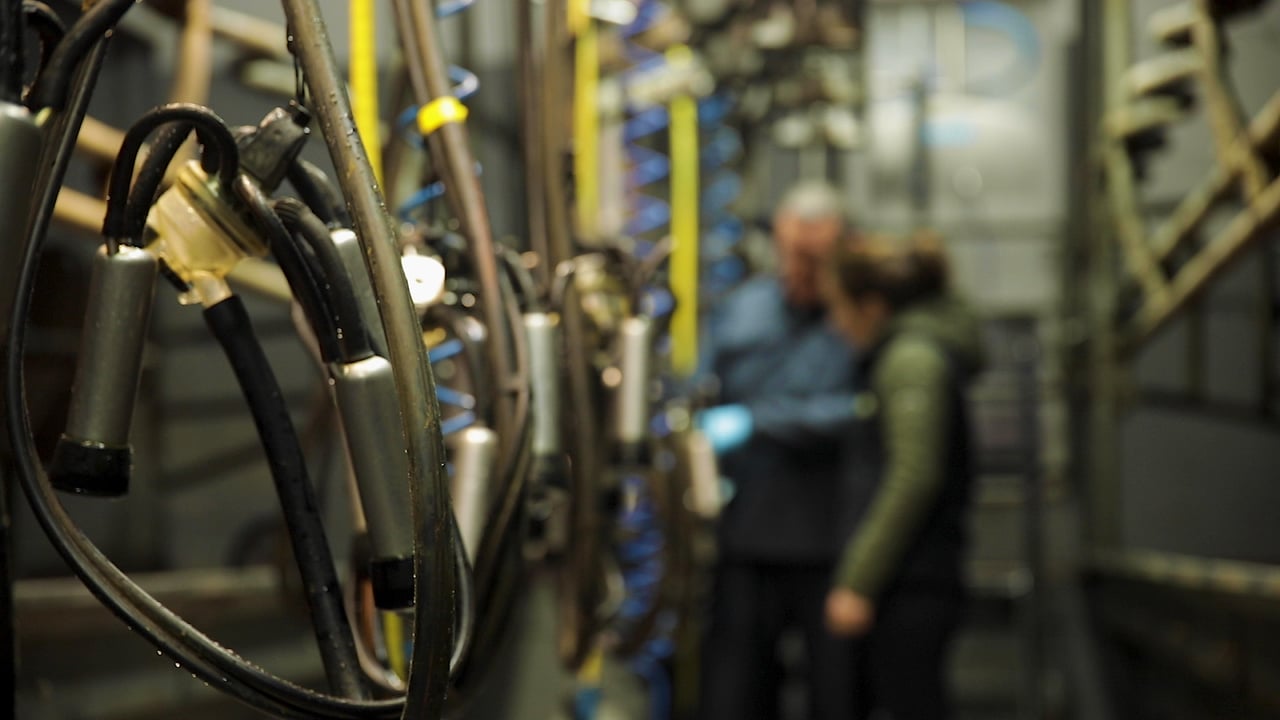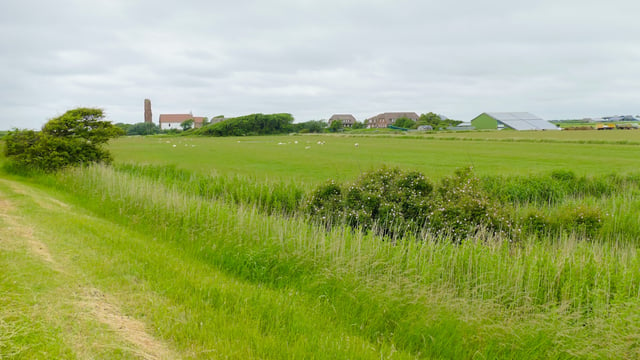Milk recording: Better breeding decisions, milk solids and SCC
The uptake of milk recording among farmers seems to be growing every year as it leads to better breeding and culling decisions, increase gross margins, and milk solids production - all while keeping hygiene and somatic cell count (SCC) to a minimum.
Getting more farmers on board for milk recording and increasing the frequency of it is a key target for the dairy industry to help ensure milk quality and reduce herd SCC.
Milk recording data is a key element of any breeding plan. It takes a quality cow with a quality bull to produce quality replacements, and the best way to pick out your top performers is through milk recording.
Spring calving herds will not be using the data off the recording now to make breeding decisions, as a lot of the dairy artificial inseminations will be wrapping up.
A lot of milk processors have milk recording as part of their sustainability schemes, which has led to an increase in the number of herds recording their milk.
With selective dry cow therapy (SDCT) now a mandatory practice, having data and information on each cow is now more essential than ever.
As we get into the latter stages of the autumn calving cow's lactation, this data will prove essential for picking out cows suitable for SDCT.
Milk recording
Recording your milk can quite often be seen as a costly action (about €12/cow/year), and can disrupt the milking routine when time and labour may be short, but the benefits of it speak for them self.
This data can also be used to dictate which cows are being used to breed replacements from and to select which cows will be culled from the herd.
Regular recording will allow for constant tracking of SCC of each cow and identify repeat offenders. It could also decrease your herd's SCC and improve your milk price, and will also generate a farm summary on mastitis control and areas to be improved.
It also adds up the daily loss occurring due to these high SCC cows, giving a clear indication of what can be gained financially from preventing infection.
Milk recording may also add value to surplus breeding stock being sold off farm and can increase a cow's chances of being entered for artificial insemination (AI).
Cost-effective pregnancy diagnosis is now possible through milk samples, which can indicate whether or not a cow is in calf at a reasonable cost without having to handle and scan them.
Having the records also increases the compensation available for animals that have to be culled as a result of a positive bovine tuberculosis (TB) reaction.
Research
Research carried out by Teagasc and Animal Health Ireland (AHI) on the economic benefits of milk recording, using yearly information from the Teagasc National Farm Survey, showed the advantages outweighed the costs – notably by helping farmers to breed healthier and more productive cows.
Compared to farmers who did not milk record, farmers who did achieved the following:
- Gross margin/cow was €39 larger;
- Milk yield/cow was 178L higher;
- Milk solids/cow were 29kg higher;
- Herd SCC/ml of milk was 13,000 cells lower.
If you are not already recording your milk, it is important to understand the benefits and positive economic outcome that comes with it.
Quite often, farmers think they know their cows and which ones are performing best, but you only get a true idea of what these cows are really doing through a recording, as 'the best cow in the herd' may be a millionaire in terms of SCC.





